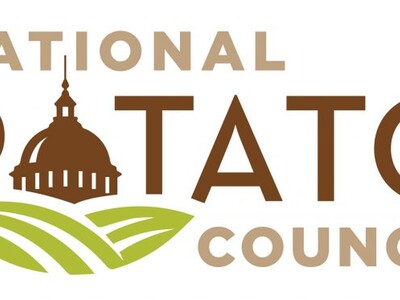Controlling Zebra Chip
Controlling Zebra Chip
I’m Lacy Gray with Washington Ag Today.
There is no cure for zebra chip, a serious disease affecting potatoes that is caused by a bacterial pathogen carried by the potato psyllid. Tubers exposed to the pathogen develop black lines that resemble zebra striping, which renders them unsellable. ARS research entomologist, Joe Munyaneza, explains that, while there currently is no cure, there is something growers can do to control zebra chip.
MUNYANEZA: The only one way you’re going to control zebra chip is targeting the potato psyllid with insecticides. Economically it is not sustainable, but also if you are going to spray 17 - 16 times a season, you can imagine resistance is going to develop. So, rotation is the key if you want to mitigate the resistance in these insects. If you can integrate these insecticides with bio-pesticides, like mineral oils and beneficials, that would be great.
There are concerns of spreading zebra chip through international trade, therefore Munyaneza’s team of researchers have conducted potato variety screening trials in Washington and Texas to assess susceptibility of existing potato varieties and advanced lines to zebra chip under controlled field conditions.
MUNYANEZA: I have seen ZC infected tubers giving rise to infected plants, but usually the number of these is extremely low - something less than 1%. Also, these plants, if they are infected with zebra chip and if it’s warm a little bit - these plants die quickly. I think that the seed doesn’t appear to significantly contribute to the disease spread. So all these countries which are complaining that “don’t send these tubers - including fresh potatoes” into our countries because we are going to bring zebra chip along, I don’t believe that, especially if you don’t have the psyllids there.
I’m Lacy Gray and that’s Washington Ag Today on the Ag Information Network.

















